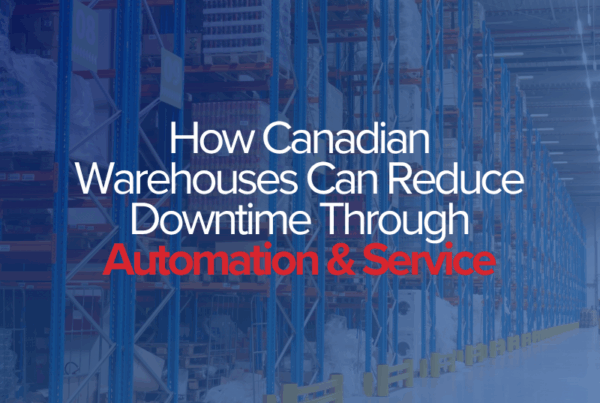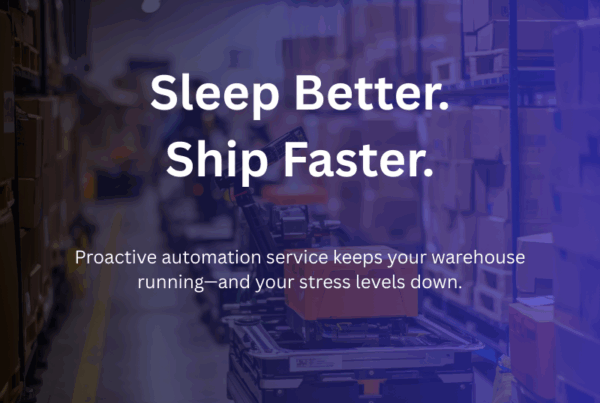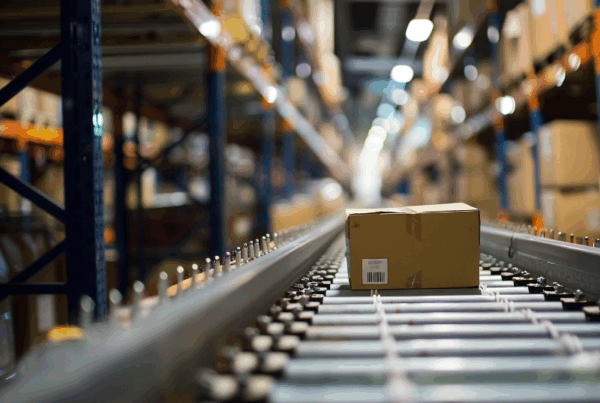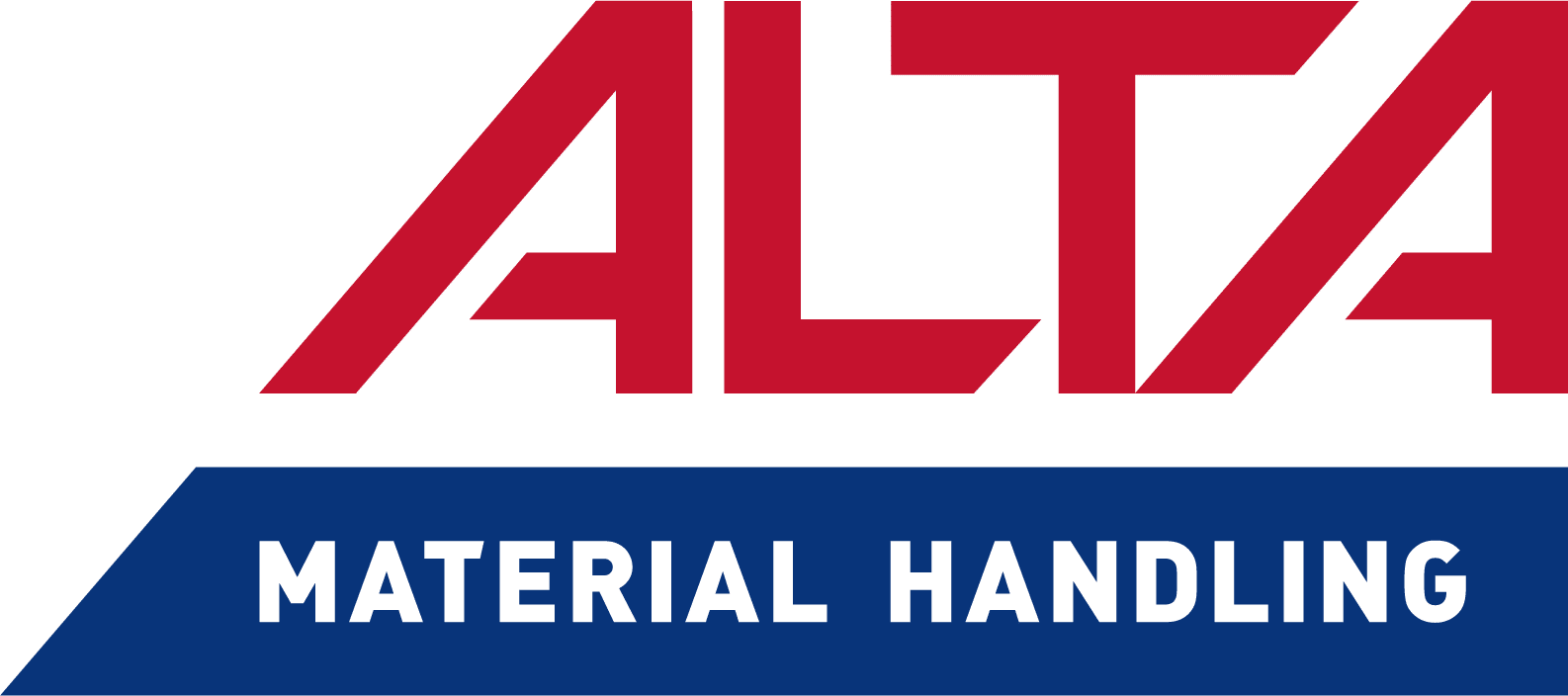For a growing business, competing with industry giants like Amazon and Walmart sets a high bar for efficiency. Managing internal KPIs, such as increasing shipments while maintaining accuracy and on-time deliveries, becomes increasingly challenging. Operations leaders, such as Chief Operations Officers, Directors of Operations, Warehouse Managers, and Industrial Engineers, are tasked with finding effective solutions. For companies shipping 1,000, 2,500, 10,000, 50,000 orders or more daily, identifying opportunities for efficiency gains is crucial. One proven approach is ‘end-of-line automation,’ which can greatly enhance efficiency, accuracy, and cost-effectiveness in warehouse and distribution operations.
As a quick refresh or baseline, end-of-line automation in a warehouse or distribution center refers to the automated processes that occur during the final stage of order fulfillment—when finished products are picked, packed, labeled, inspected, and prepared for shipment. This automation encompasses everything from case packing to palletizing, ensuring that products are ready to leave the facility efficiently and accurately. The hardware, software, machines and devices used in end-of-line automation and their application is covered more in depth in an earlier blog.
Large e-commerce companies and major distributors have been perfecting these systems for years. It is evident that companies like Amazon and Walmart have achieved significant efficiencies in their warehouse and distribution operations, as reflected in their ability to maintain low operational costs. Other large and mid-sized businesses have been following suit but playing catch-up. Companies that are planning to build new distribution centers often take a comprehensive, all-encompassing approach to automation, while those aiming to enhance existing facilities may break the implementation into phases. Let’s explore how PeakLogix structures the journey to automation and efficiency into more manageable phases.
Phased Approach to End-of-Line Automation
For warehouses with 100 to 1,000 employees, a phased approach is often the most practical way to implement automation. This involves starting with the end-of-line processes and then expanding automation to other parts of the operation.
Phase 1: Packing, Labeling, Weighing, and Sorting
The first phase typically involves automating the packing and labeling processes:
Manual Pack Station with Scanners: Using handheld or wearable scanners, operators can quickly and accurately pack items. A quick “license plate” (LPN) label can be applied to associate packages with orders before they are placed on a conveyor. The license plate significantly reduces labor time by eliminating the need for associates to manually enter weights and dimensions, as well as wait for the shipping label to be generated.
Conveyor Integration: Packages are moved along conveyors where tasks like dunnage application, box sealing, weighing, and dimensioning are performed automatically. In some use cases, by way of highly specialized cameras and lasers, a quality inspection of the items inside the box occurs before it is sealed. Then, shipping labels are generated and applied without manual intervention. Stay tuned, the benefits of print and apply machines will be covered in a future article.
Sorting and Loading: Packages are then sorted by destination, either palletized by robots or routed directly to the appropriate loading bay. The types of sortation conveyor and their application will also be covered in a future article.
Although each distribution and fulfillment center have unique characteristics, these tasks have been automated frequently by the experts at PeakLogix, making them relatively straightforward to implement. By automating these end-of-line tasks first, warehouses can quickly achieve significant gains in throughput and efficiency.
Phase 2: Picking Automation
Once the end-of-line processes are running smoothly, companies can move to Phase 2—automating picking operations. This may involve:
Zone-Routed Picking with Conveyors: Zone routing conveyor systems move products through different pick zones, enabling more efficient picking.
Automated Mobile Robots (AMRs): There are several popular methods for using AMRs in picking:
Pick Assist AMRs: Assist human pickers by transporting items, making the process faster and less physically demanding.
Goods-to-Person Solutions: Robots bring items to a stationary picker, reducing the time spent walking through the warehouse.
Automated Storage and Retrieval Systems (ASRS): There are various types of Automated Storage and Retrieval Systems (ASRS), which can be categorized into AMR-based and dedicated systems. AMR-based ASRS solutions offered by PeakLogix are adaptable and do not require significant infrastructure modifications, making them ideal for flexible warehouse environments. In contrast, dedicated ASRS systems provide the highest storage density and throughput by utilizing narrow shuttle or crane aisles and maximizing cubic space efficiency.
By automating the picking process, companies can further enhance accuracy and efficiency while reducing manual labor.
Warehouse Control Software: The Digital Connection
To ensure all automated systems work together seamlessly, a warehouse control system (WCS) is critical. PeakLogix offers its own American-made PickPro WCS, which acts as the “digital glue” connecting various pieces of automation equipment to the warehouse management system (WMS) and enterprise resource planning (ERP) software. This integration enables a cohesive flow of information, ensuring that every step of the process—from packing to shipping—is aligned and optimized.
Having a unified WCS solution provided by a single company ensures a streamlined implementation and operation. PeakLogix has in-depth knowledge of the entire warehouse process, allowing them to design, integrate, and support an end-to-end solution that delivers maximum efficiency.
Conclusion
For distribution centers experiencing growth and working hard to maintain a competitive edge, end-of-line automation offers a practical and impactful way to improve operational efficiency, reduce labor dependencies, reduce costs, recapture losses, and enhance accuracy. By starting with the final stages of the fulfillment process and gradually expanding automation to other “up-stream” areas, companies can build a scalable, high-performing operation that meets the demands of modern commerce.
PeakLogix provides customized end-of-line automation solutions, including cutting-edge technology and integrated software systems like PickPro WCS. By choosing a comprehensive solution from a trusted partner, companies can ensure they have the right infrastructure to handle increased volume while achieving a high return on investment. PeakLogix is committed to helping companies navigate the complexities of automation, delivering solutions designed for long-term success.
Interested in learning more about what kind of end-of-line automation concepts and designs are best for your operation? Contact us today for a discovery call, and let’s discuss how we can help you scale your business.





